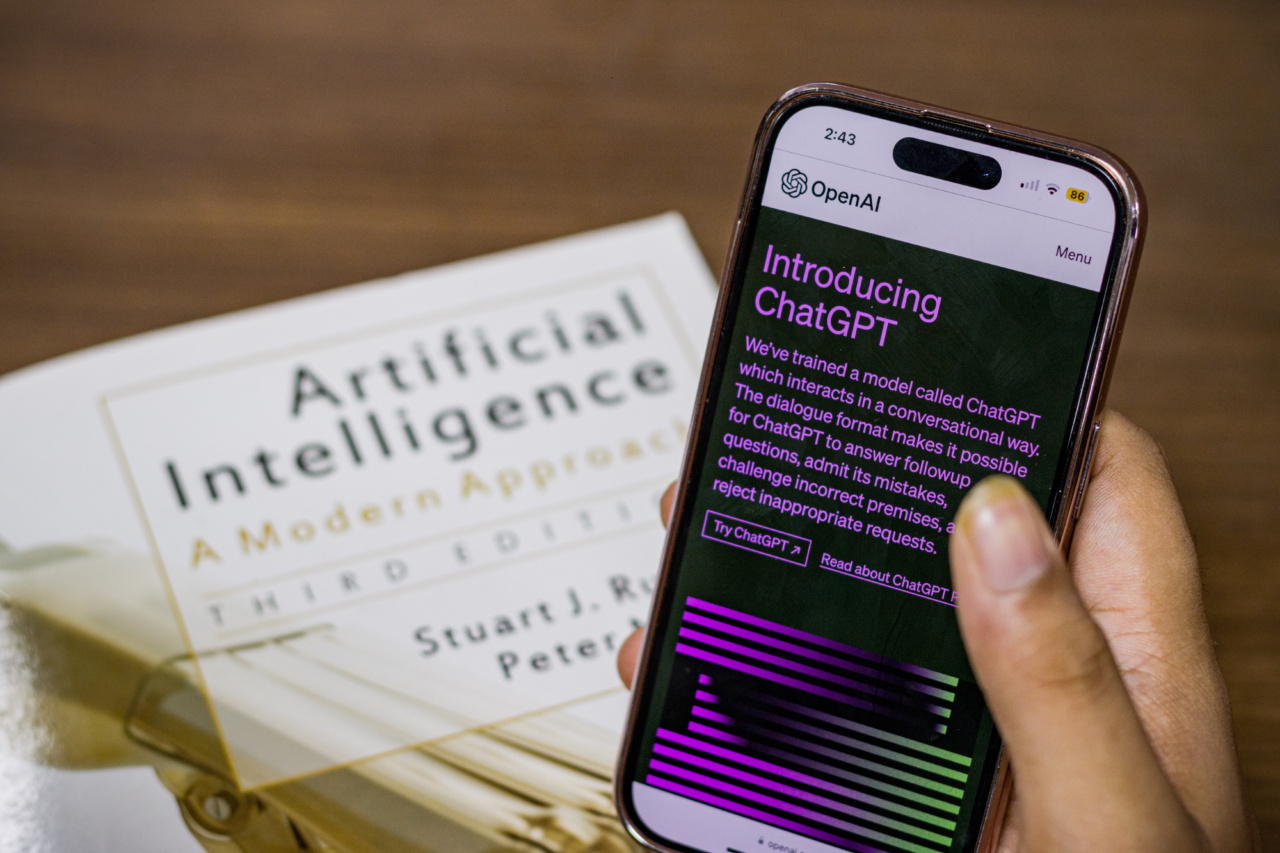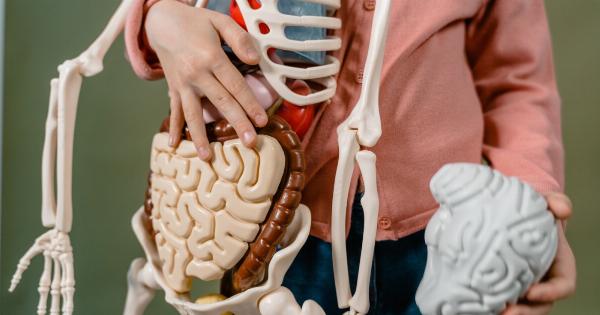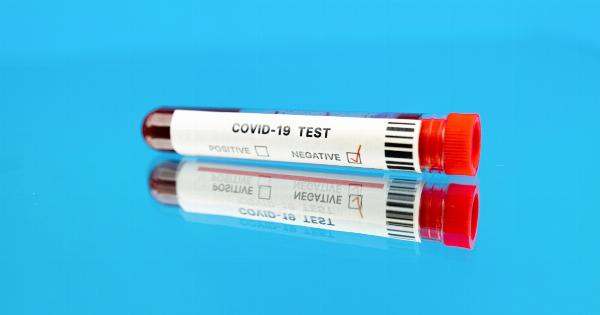Artificial intelligence (AI) is a rapidly evolving field that aims to develop computer systems capable of performing tasks that typically require human intelligence.
From speech recognition to image processing, AI has made significant advancements in various domains. However, one of the most remarkable achievements in AI is its ability to mimic the human brain.
In this article, we will explore how scientists have successfully created artificial intelligence systems modeled after the intricate workings of the human brain.
Understanding the Human Brain
The human brain is an incredibly complex organ, composed of billions of nerve cells called neurons. These neurons communicate through electrical signals, creating a vast network known as the neural network.
This neural network is responsible for our thoughts, emotions, and actions. The complexity and efficiency of the human brain have inspired scientists to unlock its secrets and replicate its functionalities using AI.
Building Artificial Neural Networks
To create AI systems that can replicate the human brain, scientists have devised artificial neural networks (ANNs). ANNs are a set of algorithms that are designed to mimic the structure and functionality of the biological neural network.
These networks consist of interconnected nodes, also known as artificial neurons or nodes, which process and transmit information.
Training ANNs with Machine Learning
The key to developing ANNs capable of emulating human-like intelligence lies in training these networks using machine learning algorithms.
Machine learning algorithms provide the ability for these networks to learn from vast amounts of data and improve their performance over time. This process is referred to as deep learning, as the ANNs can adapt and optimize their performance by analyzing and interpreting data in multiple layers.
Applications of AI with Human Brain-Like Features
AI systems equipped with human brain-like features have a wide range of applications across various fields. Let’s explore some of them:.
1. Natural Language Processing
Natural language processing (NLP) involves the ability of AI systems to understand and interpret human language.
By training ANNs with vast amounts of text data, AI systems can now generate more accurate and coherent responses in chatbots, virtual assistants, and translation tools.
2. Image and Pattern Recognition
One of the most impressive feats of AI with human brain-like features is its ability to recognize and analyze complex patterns in images.
AI-powered systems can accurately identify objects, faces, and even detect anomalies in medical images, aiding in early disease detection and diagnosis.
3. Autonomous Vehicles
The development of AI systems with human brain-like functionalities has brought us closer to achieving fully autonomous vehicles.
These AI-powered vehicles can perceive their surroundings, make instantaneous decisions, and adapt to changing road conditions, enhancing safety and efficiency on the roads.
4. Medical Diagnosis and Treatment
AI systems with human brain-like capabilities have the potential to revolutionize medical diagnosis and treatment. They can analyze medical records, interpret complex symptoms, and provide accurate recommendations for personalized treatments.
This can lead to more precise diagnoses and improved patient outcomes.
Challenges in Developing AI with Human Brain-Like Features
Despite the remarkable achievements in creating AI systems that mimic human intelligence, several challenges still need to be overcome:.
1. Computational Power
The human brain is an extraordinarily powerful processing system. Replicating its functionalities in AI systems requires vast computational power.
Although advancements in hardware have made significant progress, we are still far from matching the brain’s intricacies.
2. Ethical Considerations
Developing AI systems with human brain-like features raises ethical concerns. These systems have the potential to surpass human capabilities in certain domains, raising questions about the ethical implications of their use.
It is crucial to ensure responsible development and application of such AI technologies.
3. Interpretability and Transparency
Unlike traditional software, AI systems with human brain-like features often lack interpretability. Understanding the reasoning behind their decisions and actions can be challenging.
To gain user trust and ensure safety, efforts are being made to improve the interpretability and transparency of these AI systems.
The Future of AI with Human Brain-Like Features
The development of AI systems with human brain-like features holds immense promise for various industries and endeavors. As technology progresses, we can expect further advancements, potentially achieving a closer replication of human intelligence.
However, it is important to continue research and development in a responsible and ethical manner.





























